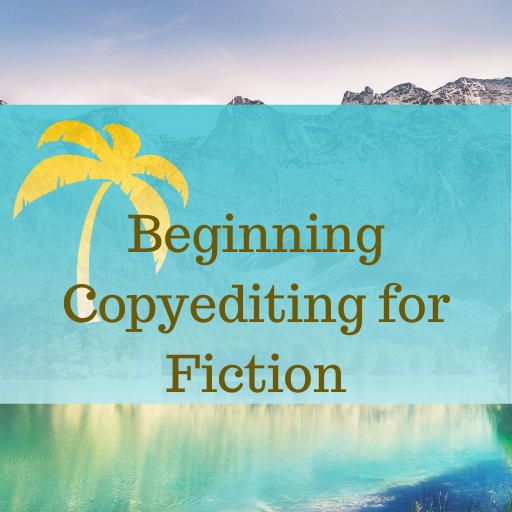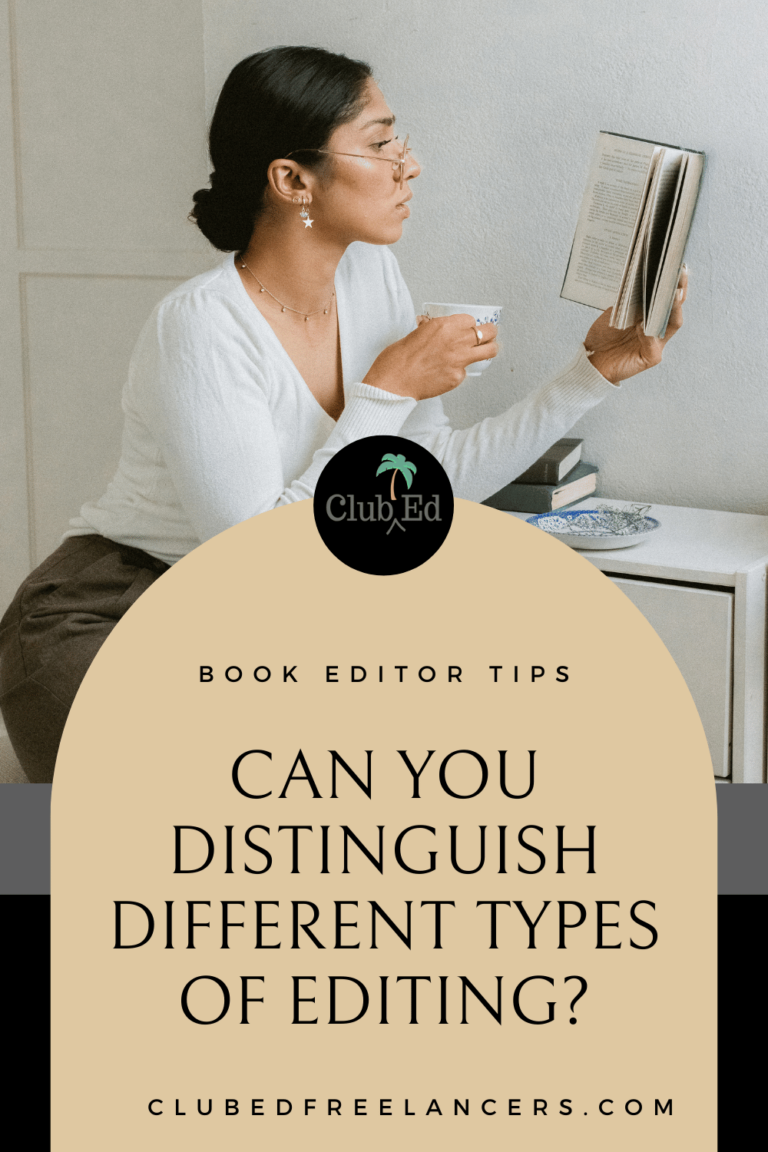Effective Copyediting
How can I provide effective copyediting to authors?
The most effective copyediting must include an improvement and be intended to address an important issue.
Sometimes when you’re copyediting a novel, you’re asked to do a medium- or heavy-level copyedit, which means you’ll be doing more than just the basics of ensuring the ms conforms to style and is free of typos and other errors.
You’ll also be smoothing out the prose, helping the author fix problems like head-hopping, and deleting info-dumping (the overuse of exposition in a novel).
But copy editors have a tendency to think that “there’s a different way to write this” is the same thing as “there’s a better way to write this.”
Those are two different things.
Delivering Effective Copyediting
To make sure any edit is effective it has to be both (1) an improvement and (2) intended to address an important issue.
Improvement means that you have identified the issue with a sentence/paragraph, not because you think your solution “sounds” better or because you heard about a rule somewhere and you’re applying it without understanding it.
Take, for example, the sentence “The children ran into the house and closed the door loudly.” An inexperienced copy editor might think, “Aha! One should reduce the use of adverbs” and therefore edit the sentence to say “The children ran into the house and closed the door.”
But in that case, the editor has changed the meaning of the sentence without improving the sentence. The children didn’t just close the door, they closed it in a certain way: loudly.
A more experienced editor might think, “A stronger verb would communicate the information more vividly” and edit the sentence to say “The children ran into the house and slammed the door.” That’s an improvement.
Important means your solution corrects an error, makes a detectable difference in readability, or reduces the potential for confusion.
For example, if you can’t tell which character is speaking in a passage of dialogue, it’s important to address that issue.
That you think “scarlet” is a better word than “crimson” for that particular shade of red is not important.
That you know the phrase is “toeing the line” and not “towing the line” is important. One is incorrect and the other is not.
When your edits include revising sentences always ask: “Is this edit important AND does it improve the sentence?”
Tips for Editors & Writers
The Fine Art of Copyediting Fiction
When copyediting fiction, it’s common to run up against issues that pit author preference against standard editing approaches. For example, in a story I wrote some years ago, the main character’s neighbor is referred to as “3-B” as that is her apartment number and the MC doesn’t know her name. Fine. She can be referred…
Let the manuscript teach you how to edit it
One of the lessons I’ve learned over many years of editing is that you have to let the manuscript teach you how to edit it. Every manuscript is different and every manuscript needs a different touch. Even when an author does something I’ve seen many times before, I have to edit for that particular manuscript,…
Use of Authoritative Editing Style Guides
As a developmental editor, you won’t be copyediting, but you do need to be familiar with the authoritative editing style guides copy editors use. Basic Editing Style Guides Most of my clients have wanted me to follow The Chicago Manual of Style with some variations. That is standard for book publishing, so it pays to…
Join the Club!
New to story editing? Begin at the beginning.





